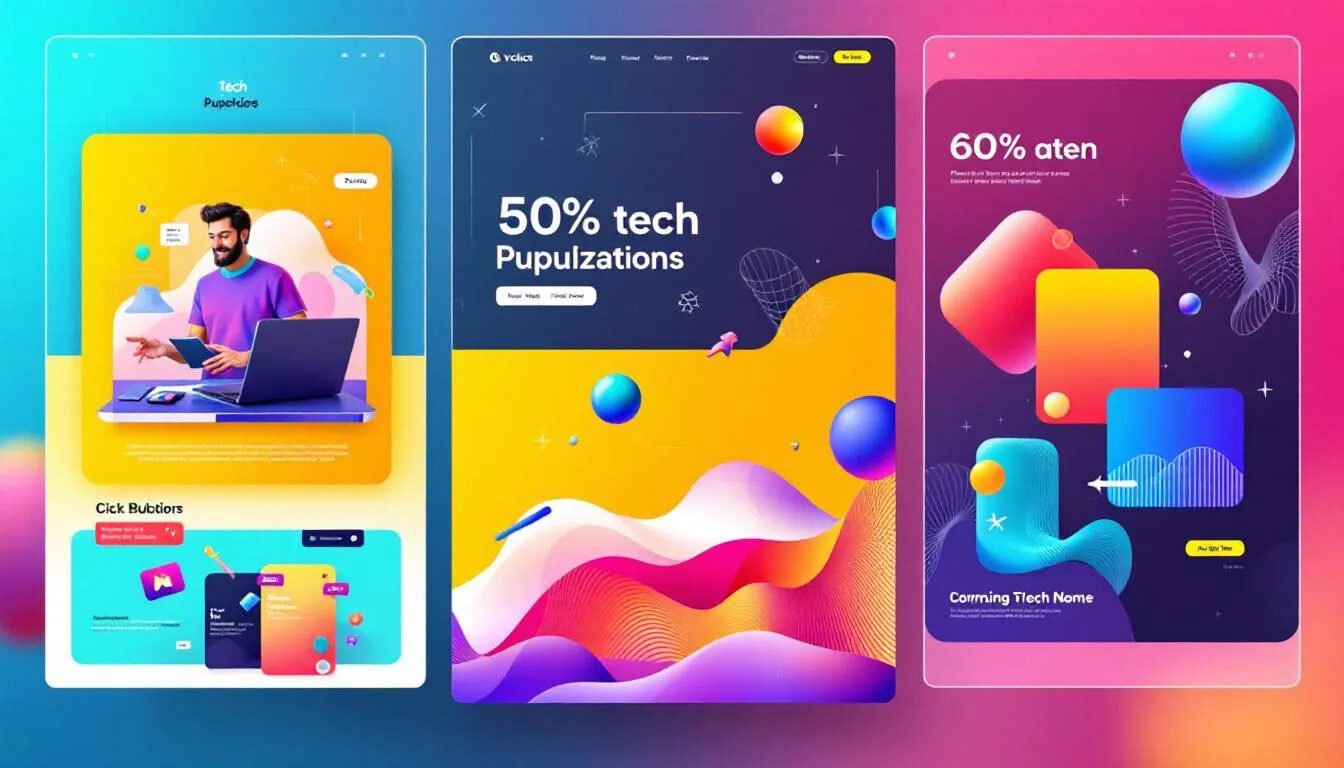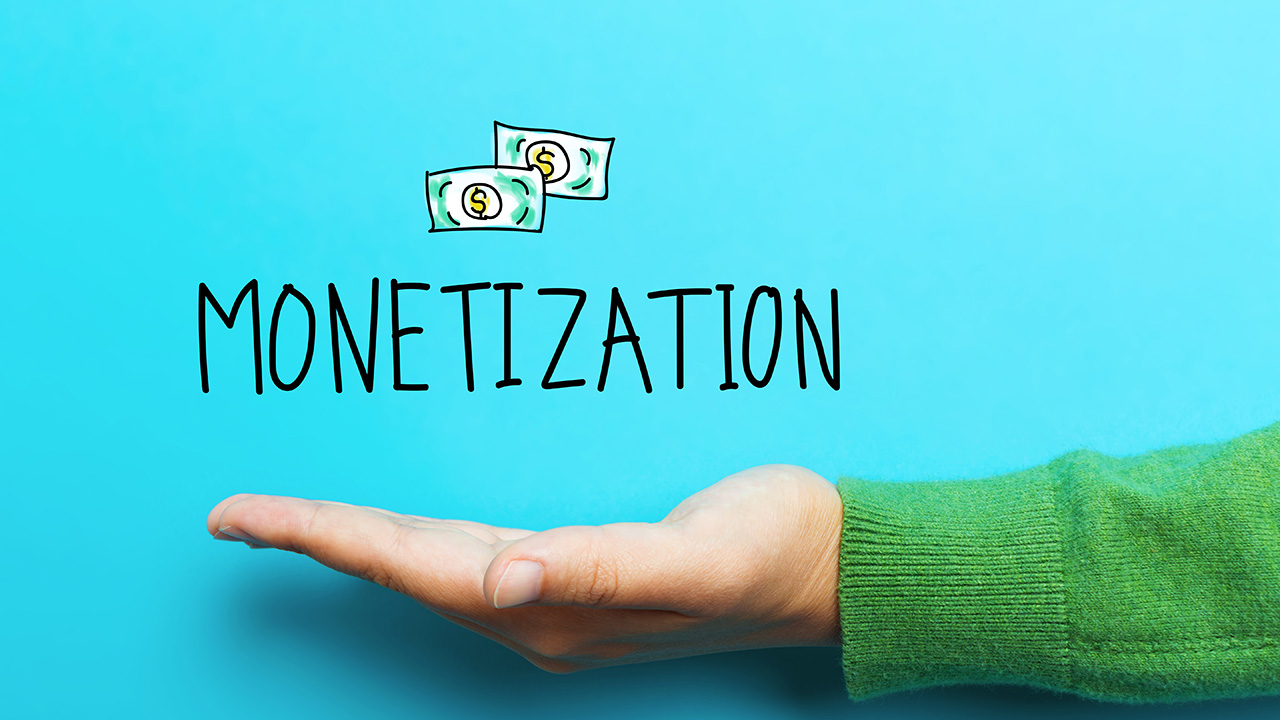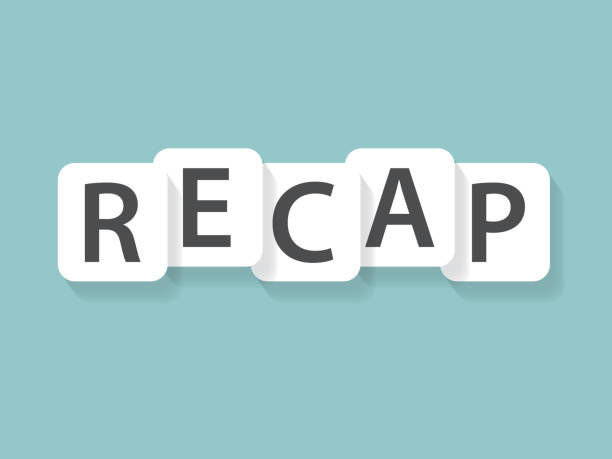
Facebook’s Changing Algorithm: How to Make it Work for You
Earlier this month, Facebook execs penned a blog post describing changes to the social media giant’s news feed algorithm. Designed to curb spam and enhance the user experience, the modifications were defined in three broad categories: ‘like-baiting,’ frequently circulated content (or images and posts uploaded repeatedly), and spammy, misleading links (such as posts that purport to be links to a photo album but are purely ads.)
Like-baiting is “when a post explicitly asks News Feed readers to like, comment or share the post” in the hopes of additional distribution. Although in the past these posts were more widely seen, readers reported that they were less relevant than other stories with comparable analytics (likes, comments and shares). “Over time, these stories lead to a less enjoyable experience of Facebook since they drown out content from friends and Pages that people really care about,” the Facebook blog states.
To ask for the Like or not.
Despite Facebook’s unequivocal statement indicating that posts telling readers to share/like/comment will be less shareable, Unbenchable CEO and Facebook expert Lou Abramowski has ignored the suggestion … and still received great results. In a Facebook page for Ultimate Frisbee fans, Abramowski recently posted a link to a Huffington Post article written by Isaac Saul, saying “LIKE if you know what Isaac’s talkin bout.” The post received 841 likes and 390 shares – and more than 125,000 views – in just three days. The difference may be that asking for likes, when done only on occasion and embedded with highly relevant and shareable content is different than inundating readers with prompts on a regular basis.
User experience is key.
Some people on Facebook complain they’re inundated with the same posts or images, see a lot of material they find uninteresting or irrelevant, and sometimes even click on misleading posts which appear relevant but turn out to be anything but. The changes being made are an attempt to address these very issues, and are based on data from users who indicated which posts were relevant, as well as posts or pages they hid. Ideally, tweaks to Facebook’s algorithm will improve user’s experience with its news feed, so that content viewed is relevant and trustworthy. Facebook’s referral traffic share continues to grow, and changes that improve reader experience may lead to more people spending more time on the social media platform.
But how do the changes affect your business’ Facebook posts? If you haven’t been reposting content ad nausea, creating misleading ads or repeatedly requesting likes, comments and shares, you may not notice any changes at all – or maybe even experience a slight increase in how often your posts are viewed. To increase the shareability of your Facebook content, though, it’s best to keep in mind the tips below.
Consider Facebook ads – and make sure they’re targeted.
“Facebook has been changing their algorithms more frequently over the last year,” says Celeste Horton, a production manager at online marketing firm WebScout. “Business pages are having a tougher time reaching their audience. This is forcing businesses to pay for ads in order to be seen by a broader audience.”
What’s the best way to get people to consistently read and share your content on Facebook? Other than making sure the content is high quality, ensuring the right people see it is key.
“Don’t waste ad dollars on people who don’t want to see your content,” says Horton. “Target the right person you want to reach, not just the [entire] U.S.”
Luckily, Facebook ads allow for very specific targeting by location, age, interests and other demographics. Make sure to be extremely specific about who you want to reach. Targeting the right person increases clicks and shares. It also leads to more people following you – so they’ll read your content without having to see ads going forward. We created a short guide to walk you through creating a simple Facebook retargeting ad.
Even a small budget for ads can have a good ROI.
Horton spends just $5 a week in Facebook advertising on one of her clients, a small amount which she believes would just be a drop in the bucket on Google Adwords. Five dollars a week can lead to 3,000 to 5,000 extra eyes on a business page, which can translate to around 10 new ‘likes’ each week as well as additional site traffic. “You definitely get bang for your buck with Facebook ads,” Horton says. “You don’t need to spend a lot of money.”
Post previews with images are better than photos alone.
“Photos are going to be shown more than if you just use text, and that’s across the board for any kind of business,” says Horton. She’s also noticed that posting a link with the preview image is more widely shown than just posting a link, even if you add in your own photo. Make sure to use stock images, or your own photos, for your posts and share those same images along with the link in Facebook.
As always, make sure you’re sharing fantastic content.
Much like Google, the details of Facebook’s algorithm will always be somewhat secretive, but one thing is clear: your content marketing will always yield a far better return if you post quality content. No amount of targeted ads or social media savvy can make a rushed post instantly shareable. The better your posts, the more fans will engage with them – which, Horton points out, means they’ll be more likely to see your updates in their news feed. So, make sure to put your best foot forward on your blog and, hopefully, fans will follow.
Want more marketing tips and tactics? Sign up for the free VR Buzz.
© 2014 – 2018, Contributing Author. All rights reserved.



